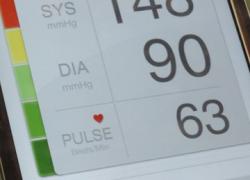Expanding Coverage for FDA-Approved GLP-1s Is Critical for Patient Safety
(NewsUSA) - The newest generation of GLP-1 drugs has delivered life-changing benefits to patients managing diabetes, obesity, heart disease, and other chronic health conditions. And yet even though tens of thousands of lives would be saved each year by expanding access to GLP-1s, many insurers have declined to provide comprehensive coverage.
- The newest generation of GLP-1 drugs has delivered life-changing benefits to patients managing diabetes, obesity, heart disease, and other chronic health conditions. And yet even though tens of thousands of lives would be saved each year by expanding access to GLP-1s, many insurers have declined to provide comprehensive coverage.
As a result, some patients have gambled with their health – likely unknowingly – by turning to compounded versions that are both risky and potentially less effective. These compounded GLP-1s—which are never approved by the U.S. Food and Drug Administration (FDA) and do not undergo their gold standard review for safety, effectiveness, or quality—come from loosely regulated pharmacies that don’t have to follow the same manufacturing standards. It’s a combination that can lead to catastrophic harm. As one example, in 2012, a fungal meningitis outbreak linked to a New England-based compounder killed more than 100 people and sickened over 700 others across 20 states. It’s no wonder why FDA has repeatedly warned that compounded products can have “potentially serious health risks.”
Fortunately, the clock has run out on those risky copycats. The FDA has declared that both semaglutide and tirzepatide—the active ingredients in Wegovy and Ozempic, and Mounjaro and Zepbound, respectively—are no longer in shortage, which had created a loophole for compounders to produce them. A federal court recently declined to issue an injunction blocking the FDA’s tirzepatide decision. The effect of those decisions is to put a halt to the continued manufacture and sale of these substandard drugs.
Efforts should now shift to helping increase access to FDA-approved GLP-1 drugs. As GLP-1 medicines continue to grow in popularity, expanded insurance coverage is critically needed to ensure that patients have access to safe and effective treatments. Patients living with obesity deserve access to FDA-approved treatments just like patients with diabetes or heart disease. There’s no reason why they should be denied insurance coverage for proven medicines like GLP-1s.
Manufacturers have launched programs to help make FDA-approved GLP-1s more affordable for patients who must pay out of pocket—but that’s just a start. To truly improve access, obesity has to be treated like every other chronic disease. And that means increasing government and commercial insurance coverage.
Unsurprisingly, some insurers claim that the cost of GLP-1s is too high. That’s a shortsighted view. Given the current obesity public health crisis, covering these drugs now will not only help improve the lives of millions living with obesity but will also help reduce the prevalence and health care spending on the many costly conditions associated with it, such as diabetes, hypertension, heart disease, and liver disease, among others. Robust coverage may also help more people join or return to the workforce and ultimately save billions in lost productivity.
Tens of millions of Americans are living with obesity and they deserve access to proven FDA-approved treatments—they should not have to settle for substandard alternatives. With the GLP-1 shortage resolved, policymakers need to focus on increasing GLP-1 insurance coverage so patients who need help managing chronic health conditions can access safe and effective FDA-approved GLP-1 medicines.

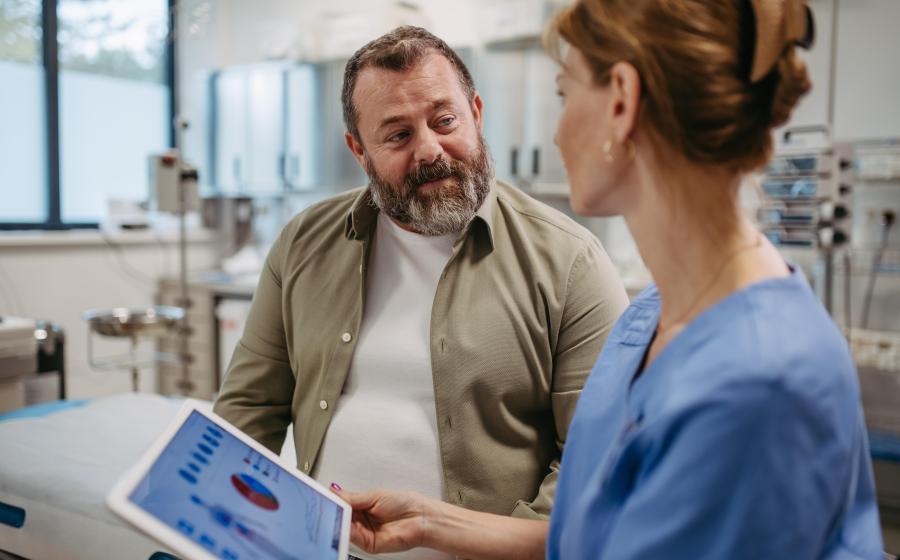

 - As the cold of winter fades, spring brings a fresh sense of renewal—and for many, it’s the first time in months they’ll be showing off their legs again. But for some, the thought of revealing their legs can come with hesitation. This may be especially true for those with varicose veins.
- As the cold of winter fades, spring brings a fresh sense of renewal—and for many, it’s the first time in months they’ll be showing off their legs again. But for some, the thought of revealing their legs can come with hesitation. This may be especially true for those with varicose veins.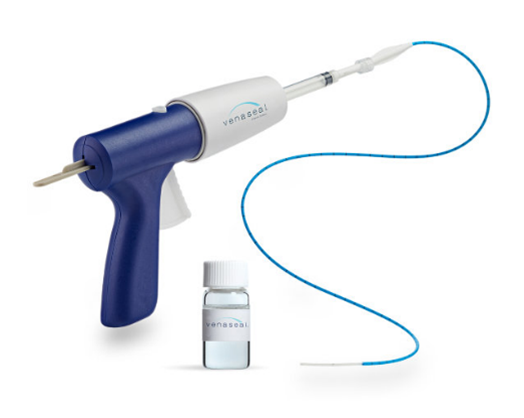

 - Expanded Screening Coverage Can Reduce Needless Deaths
- Expanded Screening Coverage Can Reduce Needless Deaths 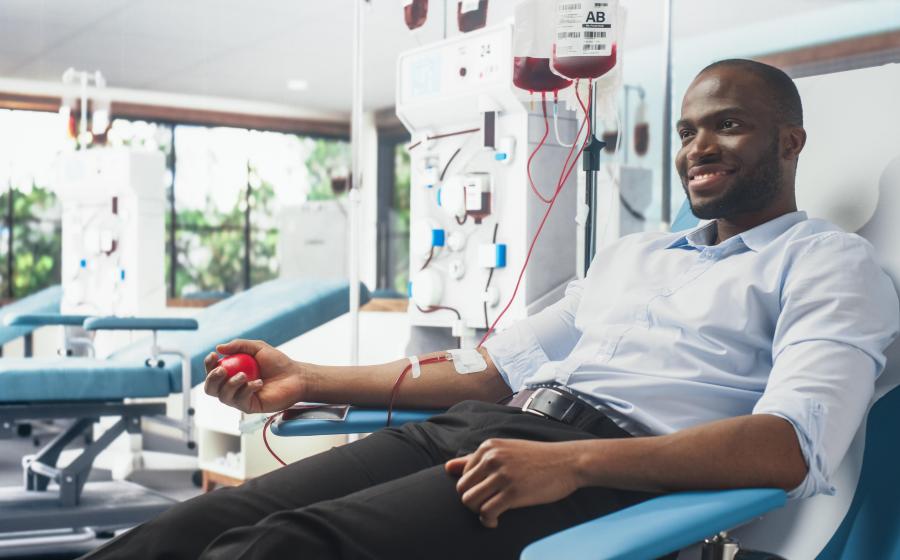
 - Aunque las enfermedades del corazón se pueden prevenir en gran medida, aun así, siguen siendo la principal causa de muerte en los Estados Unidos. Las enfermedades cardíacas afectan a millones de personas y su impacto no es igual en todas las comunidades.
- Aunque las enfermedades del corazón se pueden prevenir en gran medida, aun así, siguen siendo la principal causa de muerte en los Estados Unidos. Las enfermedades cardíacas afectan a millones de personas y su impacto no es igual en todas las comunidades.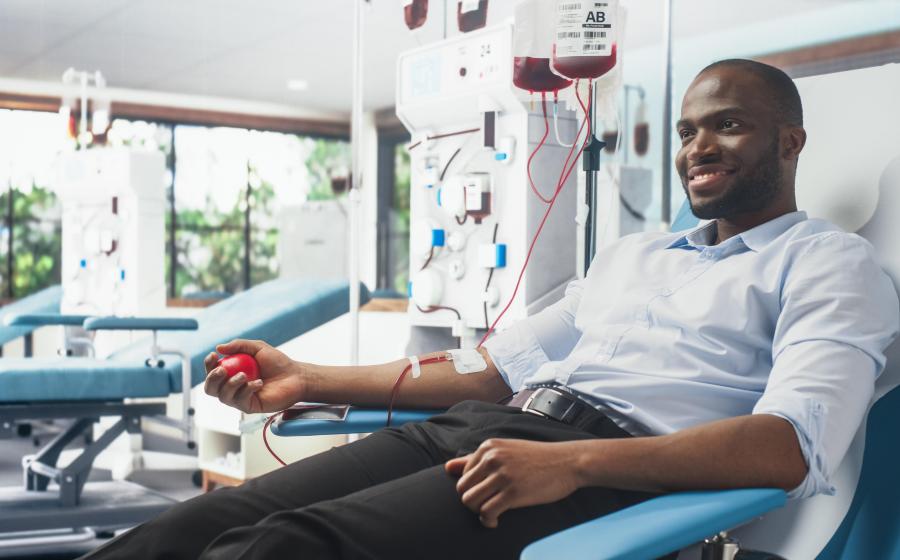
 - Heart disease is largely preventable, yet it’s still the leading cause of death in the United States. It affects millions of people, and its impact is not shared equally among all communities.
- Heart disease is largely preventable, yet it’s still the leading cause of death in the United States. It affects millions of people, and its impact is not shared equally among all communities.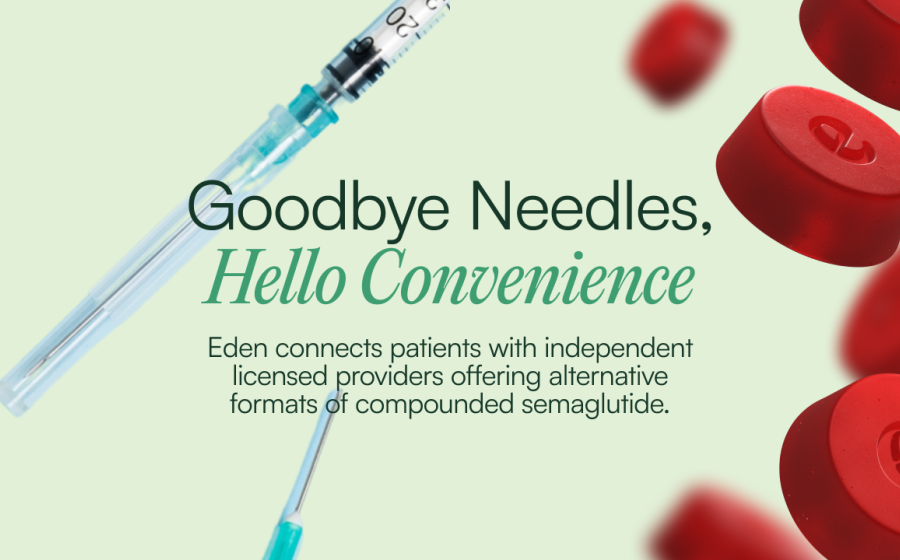
 - A Convenient New Approach to Metabolic Health
- A Convenient New Approach to Metabolic Health
 - Today, millions of Americans live with undetected hypertension, unaware that it can impact even the healthiest of individuals — a lesson that Naomi Saucer* would come to learn firsthand. 1-2
- Today, millions of Americans live with undetected hypertension, unaware that it can impact even the healthiest of individuals — a lesson that Naomi Saucer* would come to learn firsthand. 1-2 “The Symplicity procedure was one of the best things I could have done for myself,” said Naomi. “The recovery wasn’t bad— honestly, the hardest part was having to take it easy for eight hours afterward, since I’m always on the go!”
“The Symplicity procedure was one of the best things I could have done for myself,” said Naomi. “The recovery wasn’t bad— honestly, the hardest part was having to take it easy for eight hours afterward, since I’m always on the go!”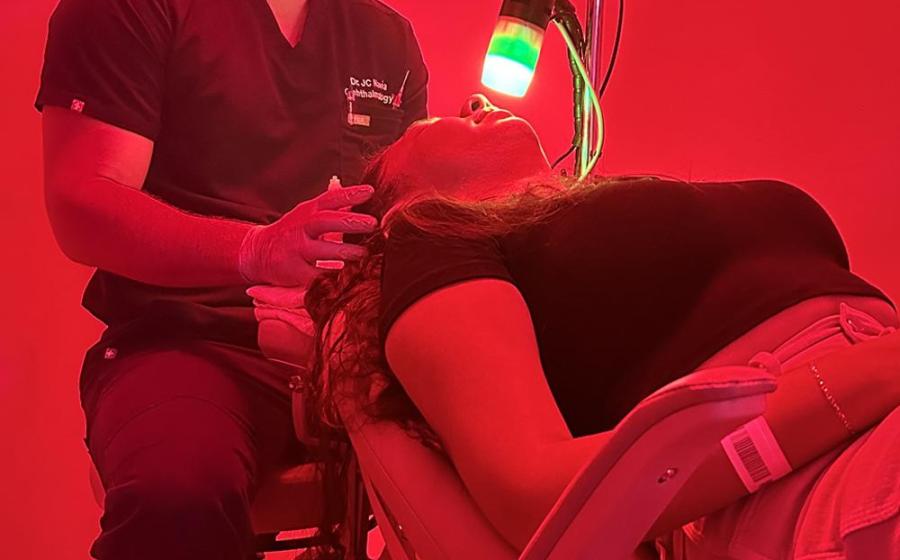
 - Those who suffer from eye infections that threaten a person’s vision have a new treatment option that is noninvasive and counters the problem of antibiotic resistance, based on recent research and clinical work.
- Those who suffer from eye infections that threaten a person’s vision have a new treatment option that is noninvasive and counters the problem of antibiotic resistance, based on recent research and clinical work.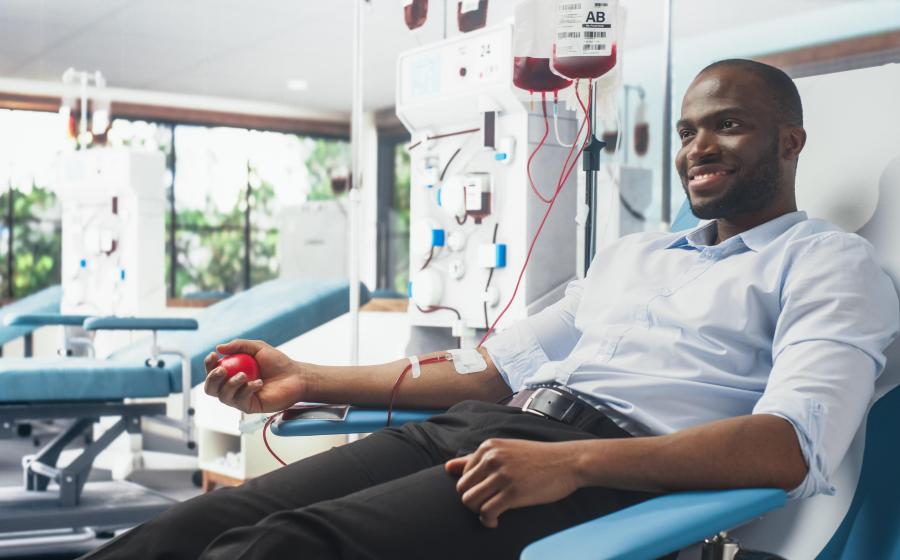
 - Every 2 seconds, someone in the United States needs blood, and a single donation can save lives. Shortages in the nation’s blood supply can happen any time. Donors, especially those who donate regularly, keep our blood supply stable.
- Every 2 seconds, someone in the United States needs blood, and a single donation can save lives. Shortages in the nation’s blood supply can happen any time. Donors, especially those who donate regularly, keep our blood supply stable. - Cada 2 segundos, alguna persona en los Estados Unidos necesita sangre. Una sola donación puede salvar vidas. En cualquier momento se puede presentar escasez en el suministro de sangre del país.
- Cada 2 segundos, alguna persona en los Estados Unidos necesita sangre. Una sola donación puede salvar vidas. En cualquier momento se puede presentar escasez en el suministro de sangre del país.


